The Oldsmobile 442 W30 is a revered figure in the world of muscle cars, captivating enthusiasts with its performance and historical significance. Born during a transformative era in American automotive history, the W30 variant is celebrated for its unique blend of power and style. Let’s delve into the production history of the Oldsmobile W30 442 and examine its current market value.
History of the Oldsmobile 442
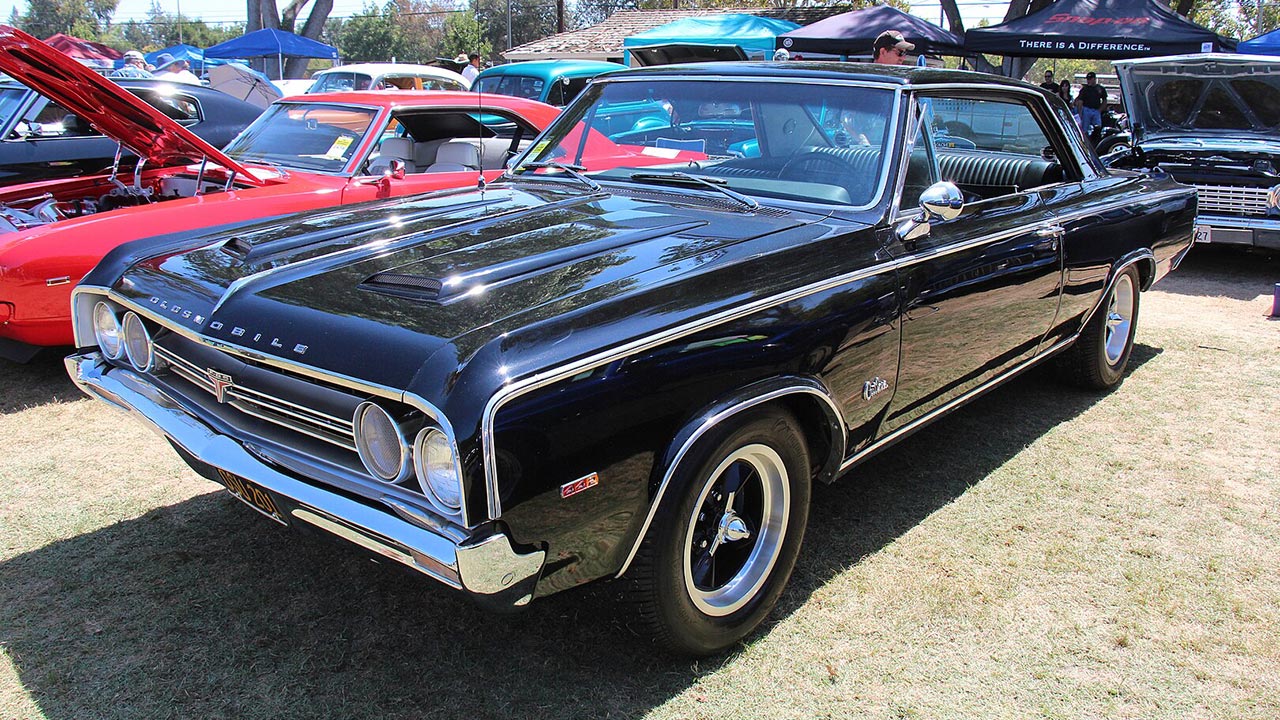
Origins and Development
The Oldsmobile 442 was initially introduced in 1964 as a response to the growing popularity of muscle cars in America. The name “442” was derived from its original configuration: a four-barrel carburetor, a four-speed manual transmission, and dual exhausts. Originally a performance package for the F-85 and Cutlass models, the 442 quickly gained a reputation for its power and agility, appealing to a new generation of car buyers.
As the 1960s progressed, the Oldsmobile 442 evolved to meet the demands of enthusiasts seeking more power and distinctive styling. By 1966, Oldsmobile had refined the 442 into a standalone model, with each subsequent year bringing enhancements that solidified its place in the muscle car pantheon. It was during this period that the W30 package was introduced, marking a significant milestone in the model’s evolution.
Introduction of the W30 Package
The W30 package was launched in 1966 as an option for those who craved even more performance from their 442. This package included several performance-oriented upgrades, such as a high-performance engine, a unique air induction system, and a lightweight fiberglass hood with functional air scoops. The W30 package distinguished itself from other 442 models by focusing on enhancing power and acceleration, making it highly sought after by performance enthusiasts.
One of the key differences between the W30 and standard 442 models was the inclusion of a hotter camshaft and better-breathing cylinder heads, which allowed the engine to produce more horsepower. Moreover, the W30 models often featured distinctive styling cues, such as red plastic inner fender liners and special badging, setting them apart visually from their counterparts.
Production Years of the W30 442
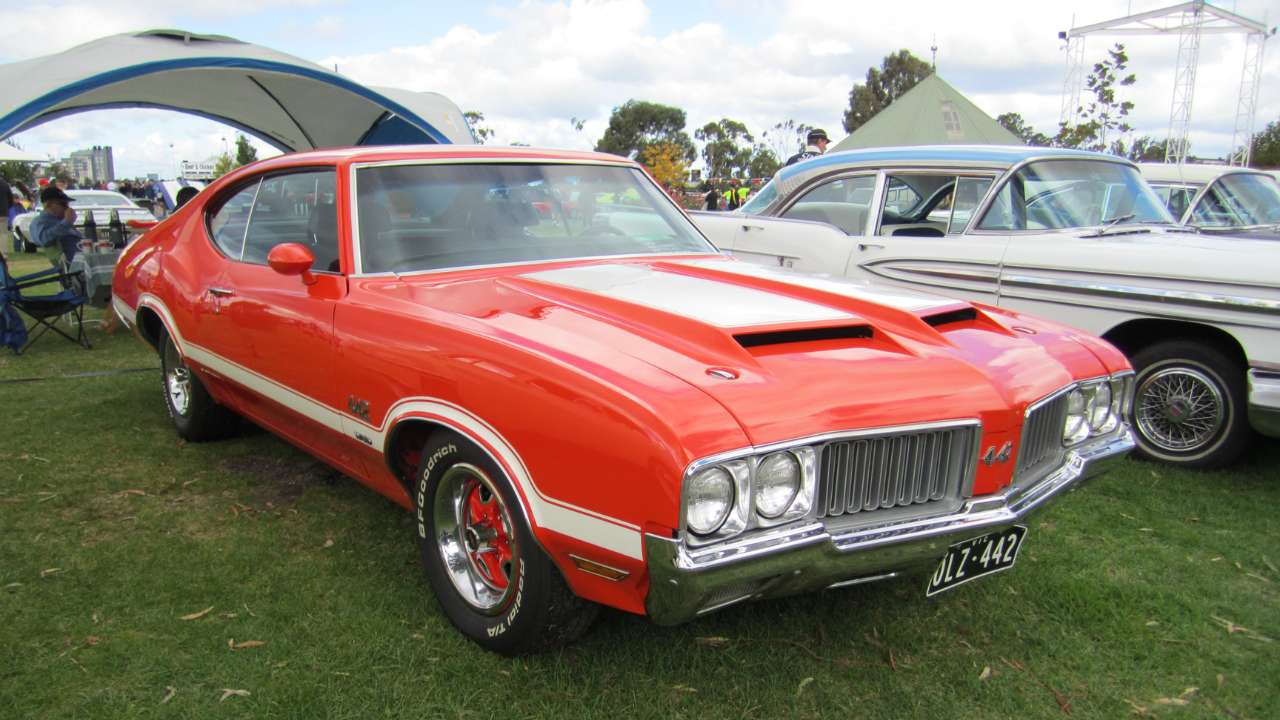
Timeline of Production
The Oldsmobile W30 442 was produced from 1966 to 1972, a period marked by significant advancements in automotive engineering and styling. Over these years, each iteration of the W30 442 saw improvements that enhanced its performance and appeal. The 1966 model marked the debut of the W30 package, setting the stage for subsequent enhancements in power and handling.
As the years progressed, the W30 442 continued to evolve. The 1970 model, for instance, is often considered the pinnacle of the W30’s development, featuring a powerful 455 cubic inch V8 engine that delivered impressive horsepower and torque. Changes in design, such as the introduction of a new front-end styling in 1971, also kept the model fresh and desirable. However, by 1972, tightening emissions regulations and changing market dynamics led to the end of the W30 442 production.
Noteworthy Models and Variations
Among the various W30 models produced, the 1970 version stands out for its exceptional performance and striking design. This model featured the largest engine ever offered in the W30 lineup, a 455 cubic inch V8, which was capable of producing upwards of 370 horsepower. Such power, combined with the car’s aggressive styling, made it a favorite among collectors and enthusiasts.
During its production run, the W30 442 also saw a few special editions and limited releases. For example, the 1969 Hurst/Olds edition featured distinctive paint schemes and further enhancements that made it a standout. These special models, with their unique features and limited production numbers, continue to be highly prized by collectors today.
Performance and Features
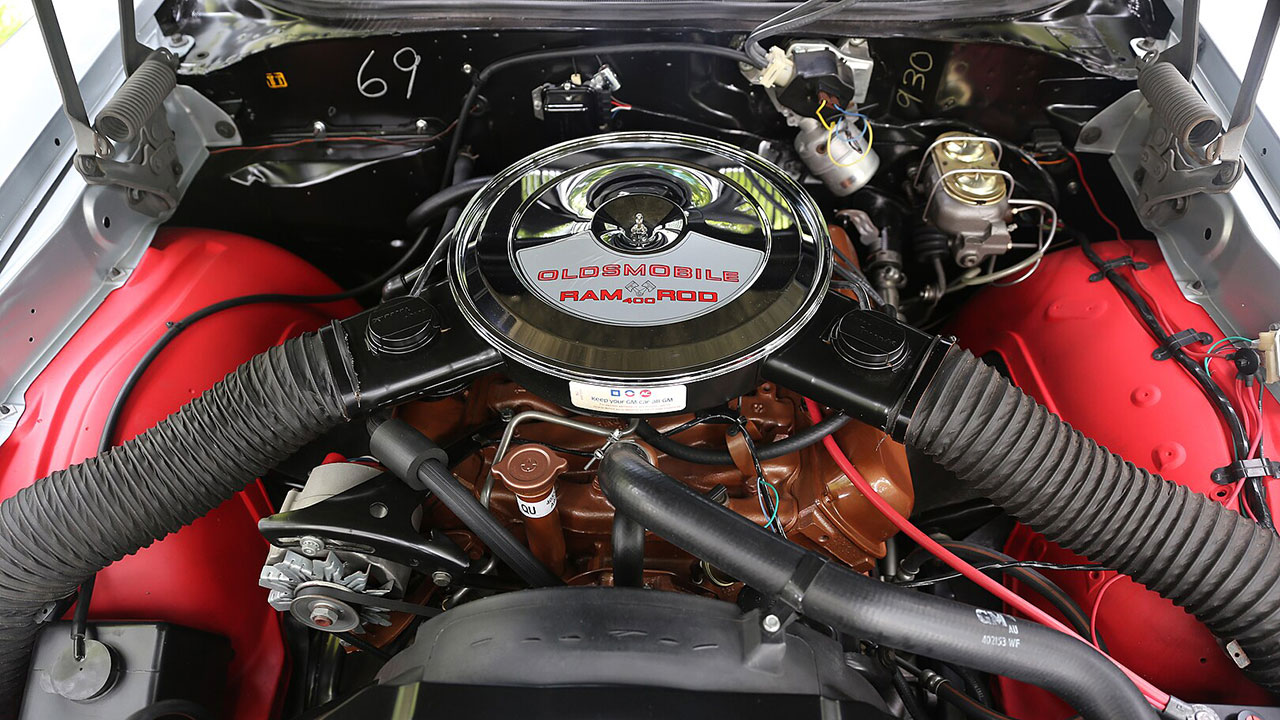
Engine and Powertrain Specifications
The heart of the W30 package was its potent engine options. Initially, the W30 featured a 400 cubic inch V8 engine, but by 1970, this had been replaced by the larger and more powerful 455 cubic inch V8. This engine, paired with a performance-tuned suspension and braking system, provided the W30 442 with exceptional speed and handling capabilities. The engine’s impressive output allowed it to compete with other muscle cars of the era, cementing its status as a performance icon.
Performance was further enhanced by the inclusion of high-flow exhaust manifolds and a cold air induction system, which increased the engine’s efficiency and power output. These features, combined with a well-engineered powertrain, ensured the W30 442 could deliver exhilarating performance on both the street and track.
Design and Aesthetic Features
The W30 442 was not only about performance; it also featured distinctive design elements that set it apart from other models. The fiberglass hood with air scoops was both a functional and aesthetic highlight, contributing to the car’s aggressive appearance. The W30 models also often featured unique color schemes and striping that accentuated their sporty nature.
Inside, the W30 442 offered a driver-focused cockpit with features such as bucket seats and a floor-mounted shifter. Although the interior was designed to be functional, it did not skimp on comfort, offering a range of options that could be tailored to the buyer’s preferences. These elements combined to create a car that was as enjoyable to drive as it was to look at.
Market Value and Collectability
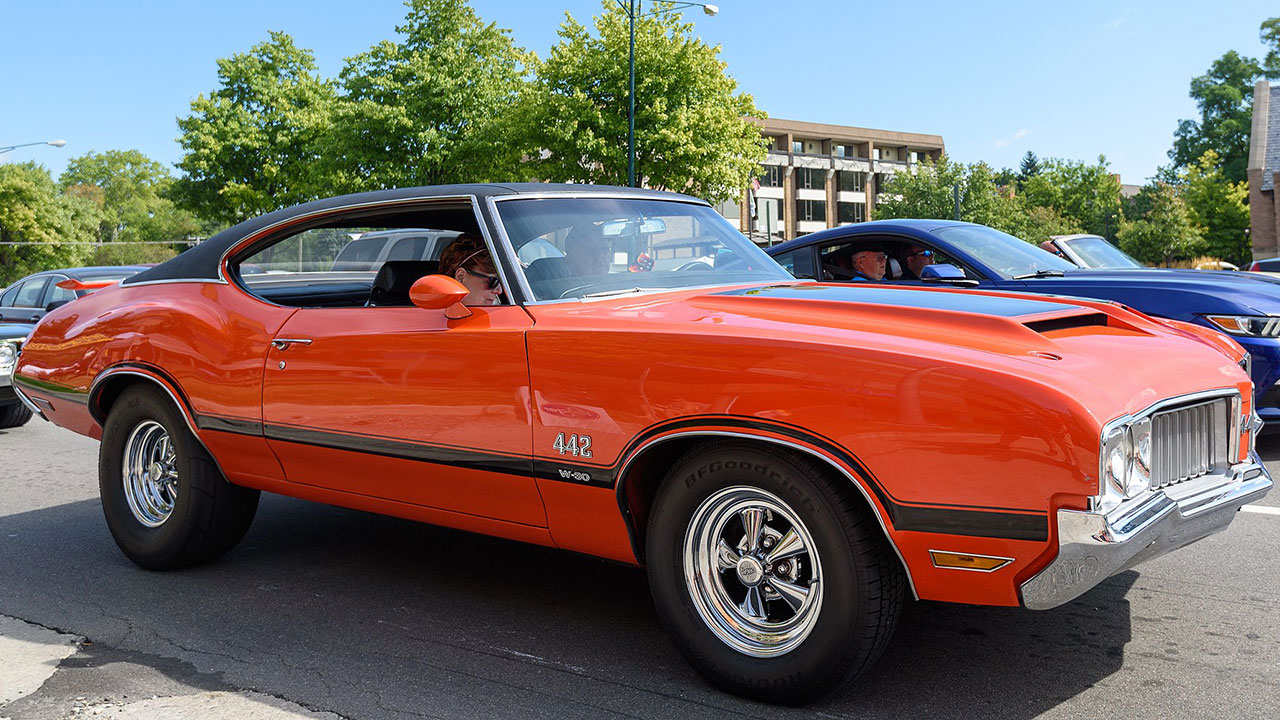
Current Market Trends
The current market value of the Oldsmobile W30 442 has seen a steady increase, driven by its rarity and desirability among collectors. According to recent sales data, models in excellent condition can command prices upwards of six figures. Factors such as originality, documented history, and the presence of factory options significantly influence a W30 442’s value.
Rarity plays a crucial role in the car’s market performance, with limited production numbers making well-preserved examples particularly valuable. The rising interest in classic muscle cars also contributes to the W30 442’s appreciation, as enthusiasts seek out iconic models from this golden era of American automotive history.
Collector Insights and Auctions
Recent auction results have highlighted the strong demand for the W30 442 among collectors. For instance, a well-preserved 1970 W30 fetched a significant price at a prominent auction, showcasing the enduring appeal of this model. Collectors are drawn to the W30 442 for its performance pedigree and historical significance, making it a centerpiece in many collections.
Experts note that the W30 442’s desirability is further enhanced by the availability of restoration resources and a strong enthusiast community. Many owners and collectors are committed to preserving the authenticity of these vehicles, ensuring that they remain a vital part of automotive history.
The Legacy of the W30 442
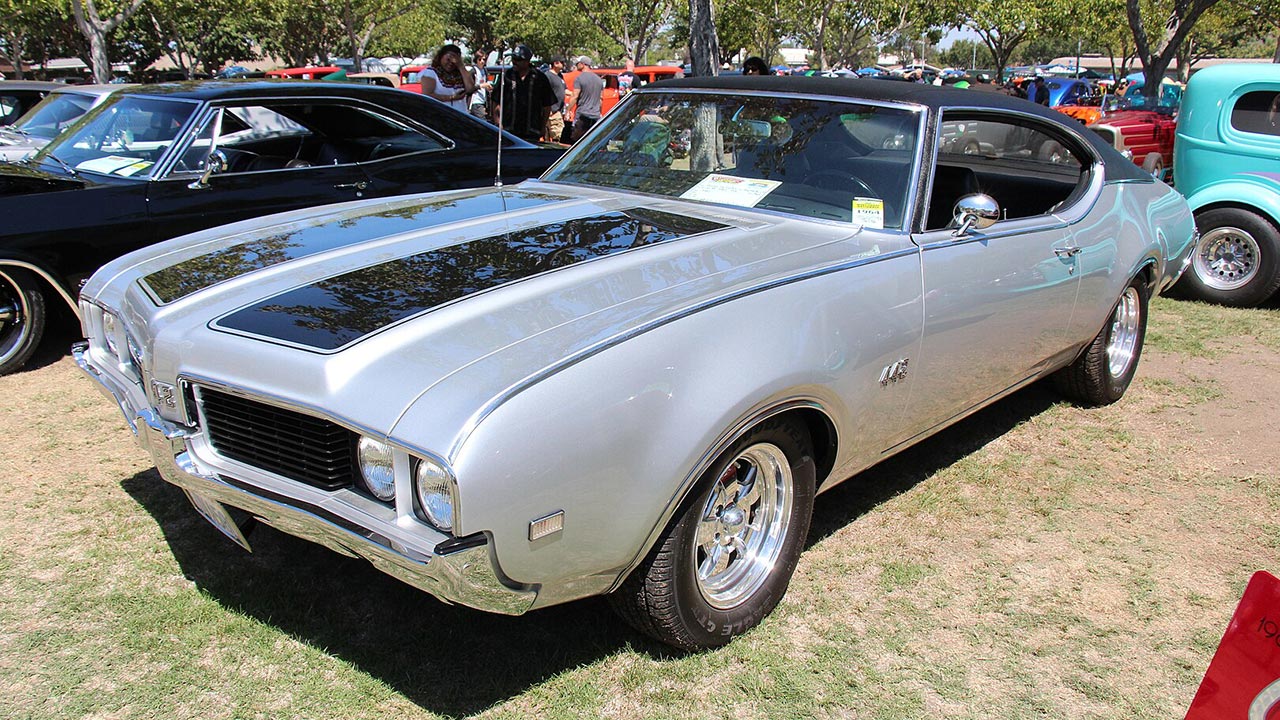
Impact on American Muscle Car Culture
The W30 442 holds a special place in American muscle car culture, representing the pinnacle of performance and design during its era. Its legacy is reflected in the ongoing enthusiasm for muscle cars, as well as in the modern iterations of performance-oriented vehicles. The W30 442’s impact extends beyond its production years, influencing car enthusiasts and restorers who strive to keep the spirit of the muscle car era alive.
Many modern car enthusiasts admire the W30 442 for its blend of power and style, viewing it as a symbol of a time when American automakers pushed the boundaries of performance and design. The car’s enduring popularity is a testament to its cultural significance and the lasting impression it has made on the automotive world.
Preservation and Restoration Efforts
Efforts to preserve and restore the W30 442 are ongoing, with many enthusiasts dedicated to maintaining the authenticity of these iconic vehicles. Restoration projects often focus on returning the cars to their original factory condition, using period-correct parts and techniques. This attention to detail ensures that the W30 442 remains a faithful representation of its era.
The preservation of the W30 442 is not only about maintaining its physical condition but also about celebrating its history and impact. Communities of collectors and restorers play a vital role in sharing knowledge and resources, helping to keep the legacy of the W30 442 alive for future generations.
Like Fast Lane Only’s content? Be sure to follow us.
Here’s more from us:
*Created with AI assistance and editor review.

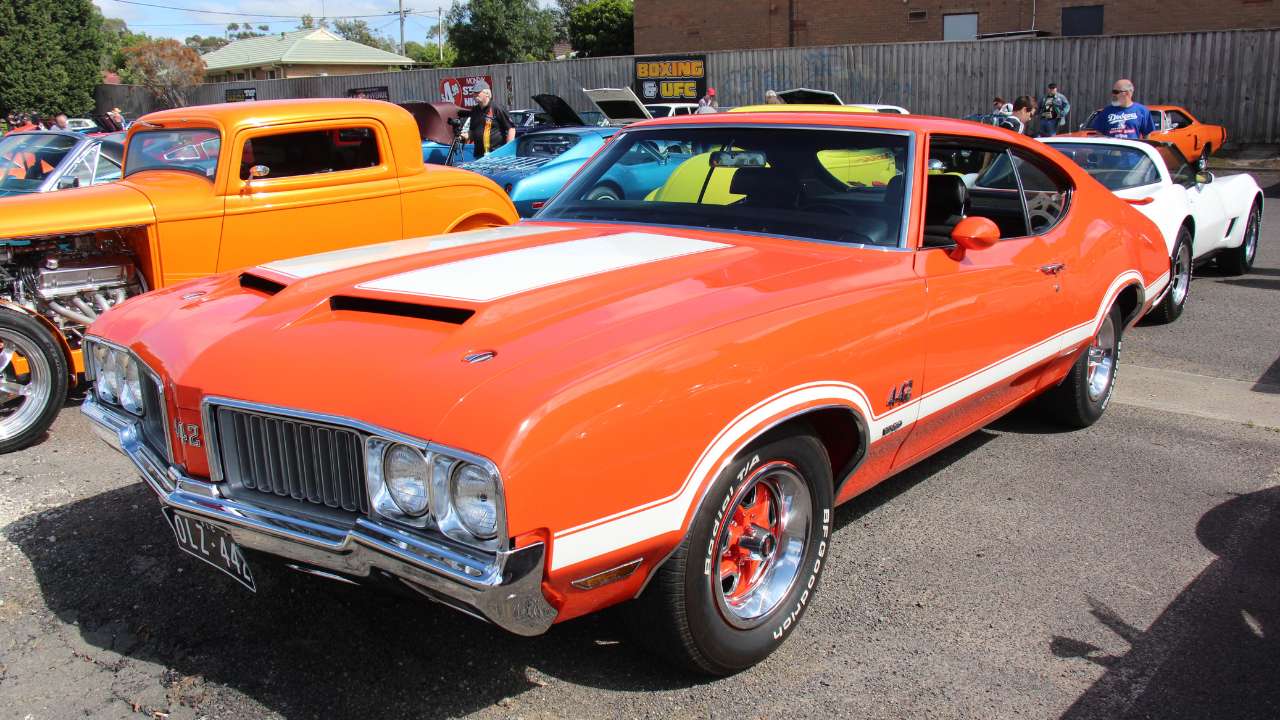



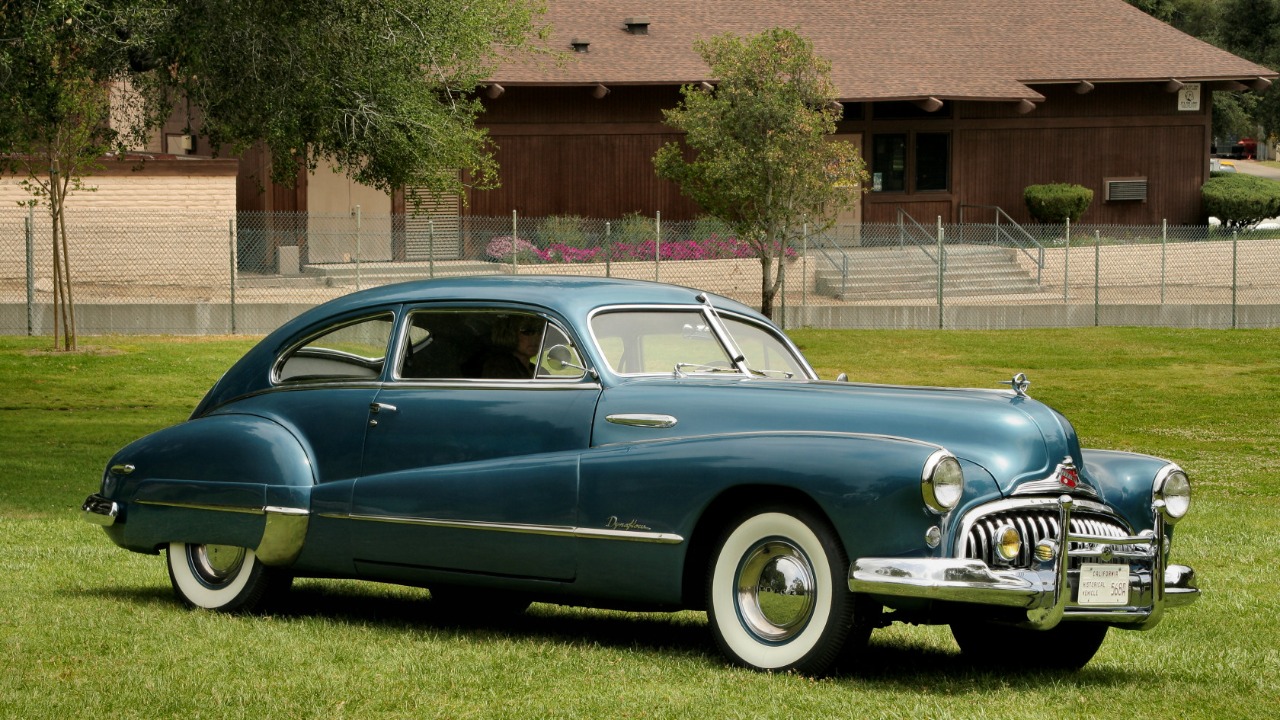

Leave a Reply